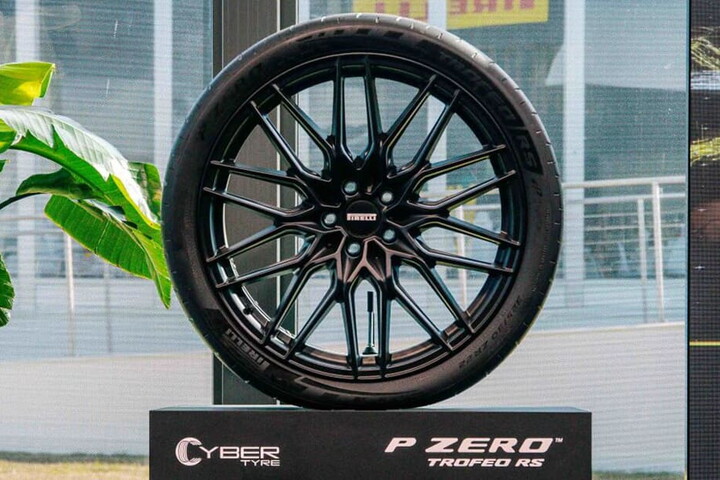When you're sitting in nose-to-tail traffic crawling through Los Angeles at 8am on a Wednesday morning it's easy to forget sometimes that traffic lights were designed to ease traffic congestion.

The world's first traffic signal was unveiled in 1868 outside the Houses of Parliament in London, providing a pioneering solution to the growing problem of traffic jams created by the horse and cart. Manually operated – and hence responsive to the clip-clop of vehicles – the gas-lit device was deemed a great success until it exploded a month later.
Fortunately, the illuminating idea was not abandoned. Lester Wire, a Salt Lake City policeman, introduced an electric light that alternated red and green in 1912. Later, having spotted its potential, the Acme traffic-light company introduced a more advanced version. The cartoonists responsible for Looney Tunes and Merrie Melodies loved the comic value of its loud bells and semaphore arms, but it worked.
Today, however, after increasing in sophistication for almost 150 years, the traffic signal is once again losing the battle against congestion. The average American spends 38 hours a year stuck in traffic, thumping the wheel as the fumes rise. Drivers in the Los Angeles-Long Beach-Santa Ana region experience the worse delays in America, according to a study quoted in the Los Angeles Times, adding up 81 hours idling on freeways in 2015.
The Centre for Economics and Business Research estimates US commuters will waste about $180bn a year by 2030 in lost time and increased fuel and business costs.
The good news is that a revolution in traffic-light technology is underway. Smart traffic lights, enhanced with artificial intelligence and linked via the cloud, will start to chatter among themselves – and with connected vehicles and other sources – to maximise traffic flow and cut accidents, pollution and the pulse-raising pain of traffic jams.
Real-time traffic signals
A ride through the relatively traffic light-free streets of Utah offers a glimpse into the future. Most town planners in America analyse historical data, predict traffic flows and set light sequences every few years. Controllers at the Utah Department of Transportation (UDOT), in sharp contrast, can use a fibre-optic network connecting 1,000 cameras to adjust the majority of its traffic lights within 30 seconds.
Utah has the advantage of a modern – and expensive – infrastructure designed to cope with traffic for the 2002 Winter Olympics. A more cost-effective solution is being trialled in Pittsburgh where a network of smart traffic lights is being installed. Instead of using humans to monitor and react to traffic flow, they use radar sensors and cameras to detect traffic and sophisticated algorithms to make real-time signal adjustments.
A Pittsburgh pilot scheme involving nine smart signals in 2012 cut travel time by 25 per cent and vehicle emissions by 20 per cent. “Each intersection builds a plan that optimises local traffic flow,” Stephen Smith, a professor at the Robotics Institute at Carnegie Mellon University in Pittsburgh, told CityLab, a website dedicated to thinking about cities of the future. “Once it does that, it communicates its outflows to its downstream neighbours.”
Connecting vehicles and infrastructure
The next revolutionary step will involve the addition of car data to the traffic-light chatter. Audi of America is fitting vehicle-to-infrastructure (V-to-I) technology to some of its Q7 and A4 models and it is already benefitting drivers in new ‘smart' cities, including Las Vegas, where the famed Strip is so congested it often becomes a car park, and Washington DC. If the vehicle is not going to make an approaching light before it turns red, for example, a countdown will appear on the dashboard to give the driver time to make the right decision.
“In the future we can envision this technology integrated into vehicle navigation, start/stop functionality and even being used to help improve traffic flow in municipalities," stated Pom Malhotra, general manager of connected vehicles for Audi. "These improvements could lead to better overall efficiency and shorter commuting times."
As V-to-I technology becomes more sophisticated, it will allow cars and lorries to inform traffic lights of their location and speed. This, in turn, will enable the traffic lights to use artificial intelligence to modify their programmes, then feed back information to allow vehicles to match their speed to the sequence of lights.
However, this presents challenges of its own. If traffic is easing on one particular route then, ironically, it will immediately start to attract more. As a result, researchers are striving to understand driver behaviour to develop models of traffic flow that prevent congestion from building up in the first place.
Turning the lights off
A second avenue of research suggests the best way to manage road junctions is to ditch signals altogether. At Massachusetts Institute of Technology (MIT) a team tested a model that involved vehicles moving through a four-way intersection using sensors to maintain a safe distance from each other. In essence, control is moved from the level of traffic flow to that of the vehicle. By removing the waiting time caused by traffic lights, these so-called Slot-based Intersections speed up flow.
Carlo Ratti, director of the SENSEable City Lab in MIT's Department of Urban Studies and Planning, summed up the concept of removing lights. “An intersection is a difficult place, because you have two flows competing for the same piece of real estate,” he told MIT News. “You can create a system that is much more efficient, because you can make sure the vehicles get to the intersection exactly when they have a slot.”
Efficiency comes from developing a more consistent traffic flow at an optimal middle speed that means cars use intersections for the shortest possible time. It's called the ‘slower is faster' effect and it occurs, for example, when passengers are boarding a plane. If they all try to pile on board in one mass the result is a giant bottleneck. At a slower speed order is restored.
But not as slow, one hopes given 150 years of technological development, as the horse and cart...




